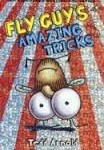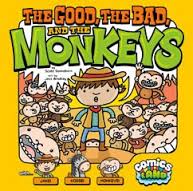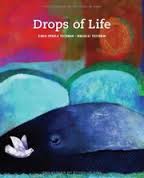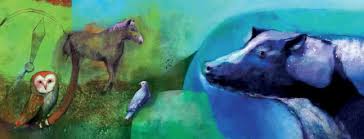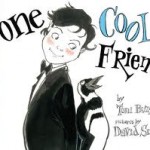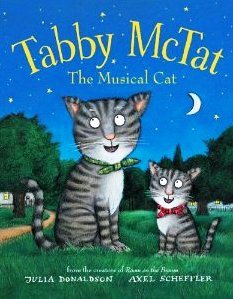The book “Tru & Nelle” written by G. Neri is interesting and great book. This fiction book combines couple genres. It’s mix of true story, mystery, adventure and historical facts. That makes this book interesting for readers.
When you read this book you fall into real friendship that starts from the childhood, and ends in adulthood. The main characters of this story are Tru (Truman Capote) and Nelle (Harper Lee). Tru is a seven year old boy, who came from New Orleans. His unreliable parents sent him to live for a couple years in “tiny town” of Monroeville, Alabama with his more caring relatives. Nelle is six, and she‘s always allowed to run by herself. She was born and lived in this small town Monroeville. In this story we can see how the friendship began between the city boy, Tru, who was out of place in this town, and a village girl, Nelle, who acts and looks like a tomboy. It shows us, that anyone could look and act very different, but also share a lot of interests, which bring them closer and results in real friendship. The same happens with the book’s main characters, Tru and Nelle, or as author called them “the prince and the pauper.” Even though they look different, they both share the same problems in their extraordinary families. They both love to read, especially the book “Sherlock Holmes,” which inspired these friends to have fun by creating their own investigations in a simple and boring town. When you are reading this book, you become a part of their mystery investigation team, trying to solve the robbery at the town’s drugstore. Although it takes you, as a reader, on many different adventures throughout this mystery, leading to a lot of fun and dangers along the way, like the threatening encounter with the Ku Klux Klan, or planing a high tension Halloween party. During this adventure, the children were daring and very funny the whole way through.
The author was very successful in demonstrating overall purpose of this book. He did a great job in describing the details of the town, families and their relationships, as well, as the people’s life. Especially in the short stories at the end of the book, that expend the overall story. They give us additional information about the main characters’ life in future with some picture.
I would recommend this book for children in elementary and middle school. Although, it’s also a great book for everyone, who enjoys intriguing adventure which is easy to read. I really enjoyed reading this book.
-Marianna

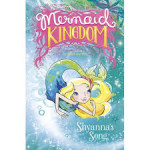
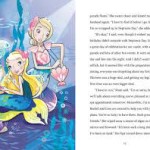
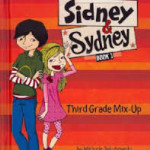
 Should Charlotte Share is a nice character development book. It helps children define what effect their choices may have on others and for themselves. Twenty-four pages in length, each “chapter” addresses a different decision and consequence. The first chapter explains that we make choices every day and that the choices we make have effects or consequences. The next four chapters target a specific behavior. Each behavior is given four pages; first is the scenario, the next two pages show the good and the bad outcome of the decision, the last page asks the reader “What would you do?” and delves deeper into the outcome of good and the bad consequence.
Should Charlotte Share is a nice character development book. It helps children define what effect their choices may have on others and for themselves. Twenty-four pages in length, each “chapter” addresses a different decision and consequence. The first chapter explains that we make choices every day and that the choices we make have effects or consequences. The next four chapters target a specific behavior. Each behavior is given four pages; first is the scenario, the next two pages show the good and the bad outcome of the decision, the last page asks the reader “What would you do?” and delves deeper into the outcome of good and the bad consequence.

